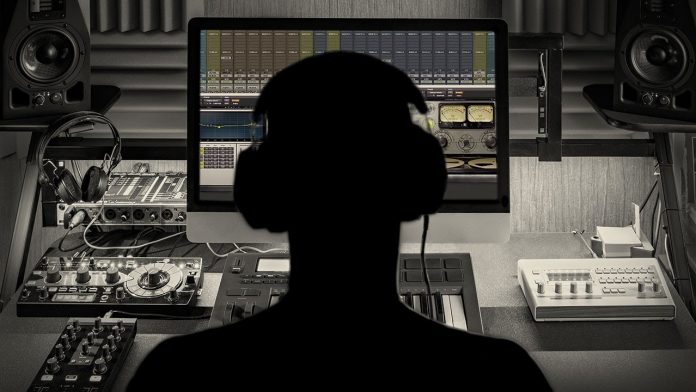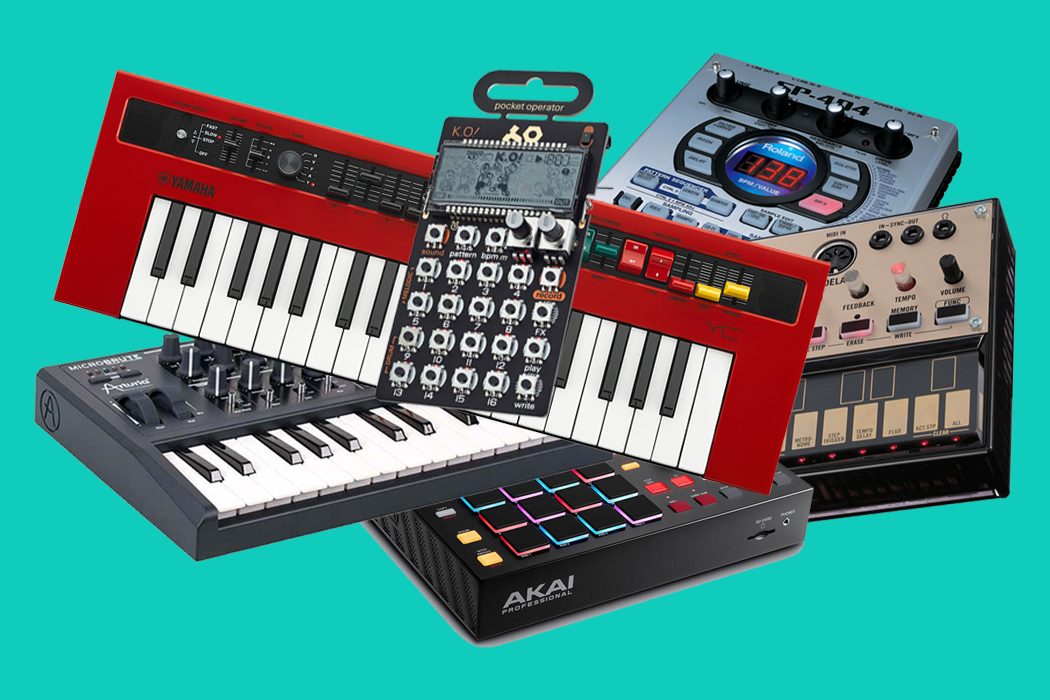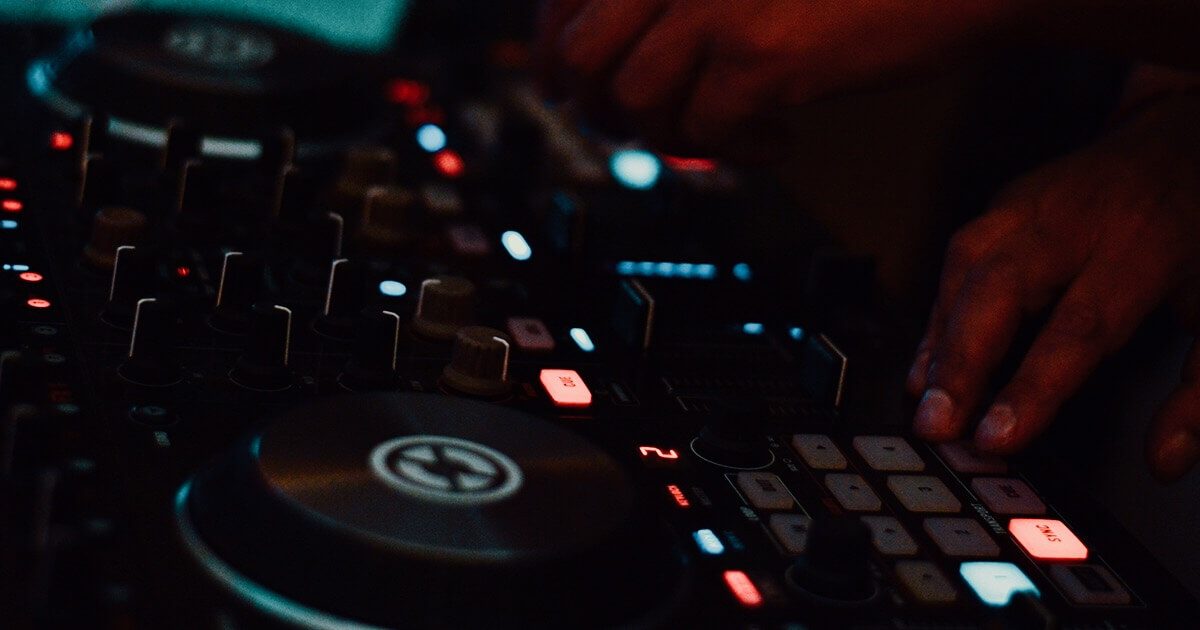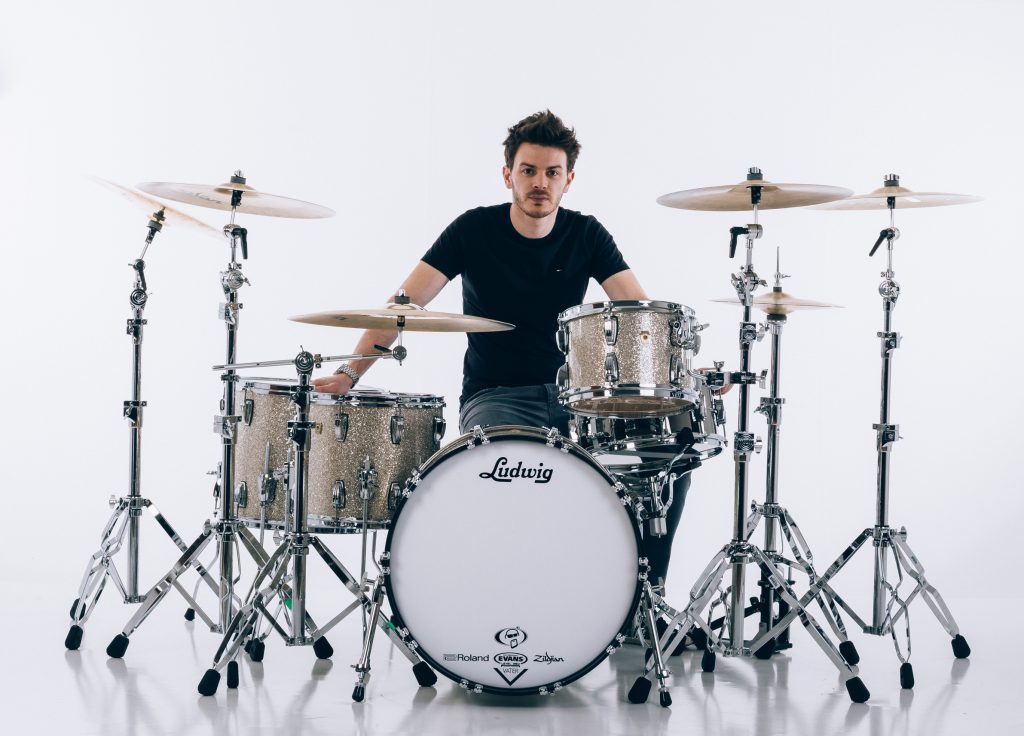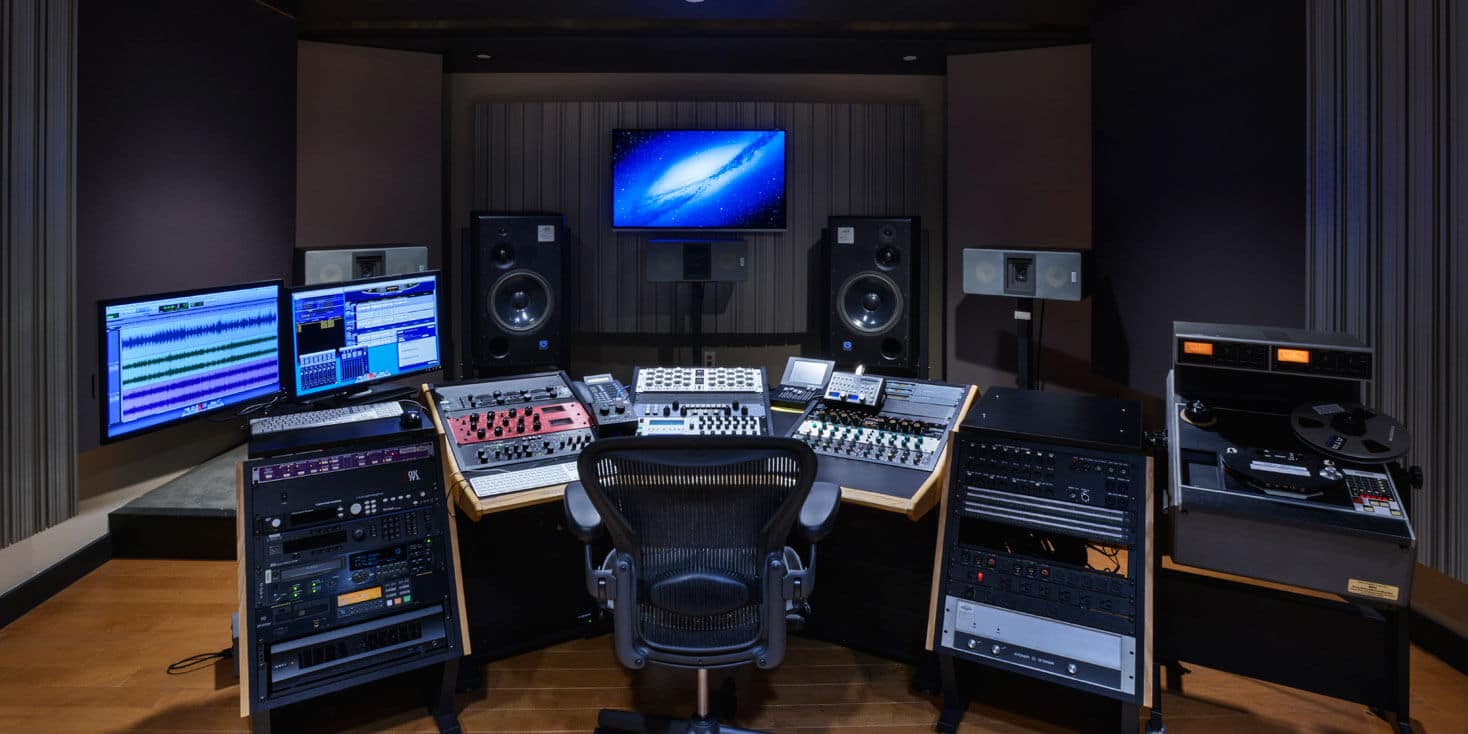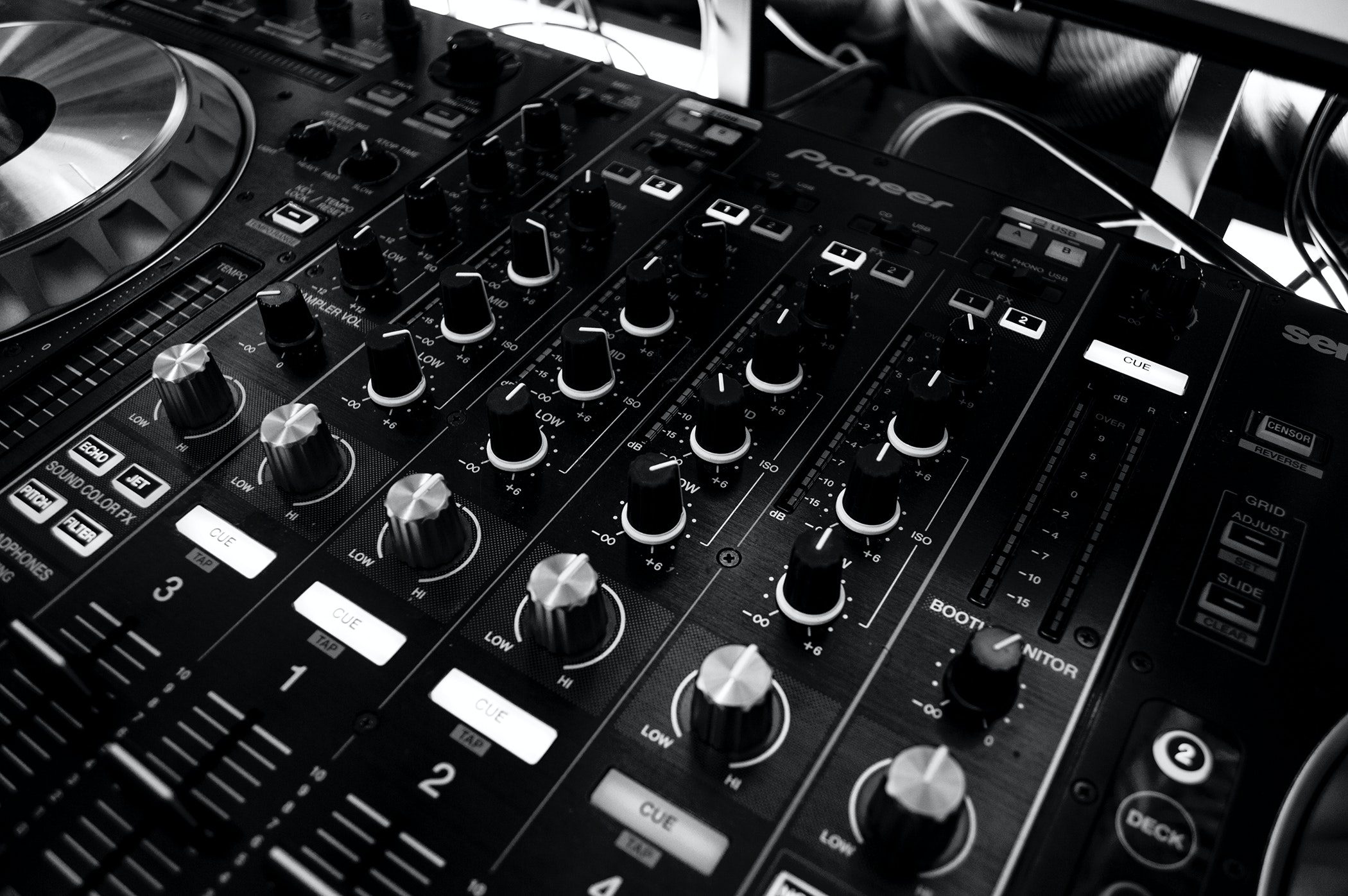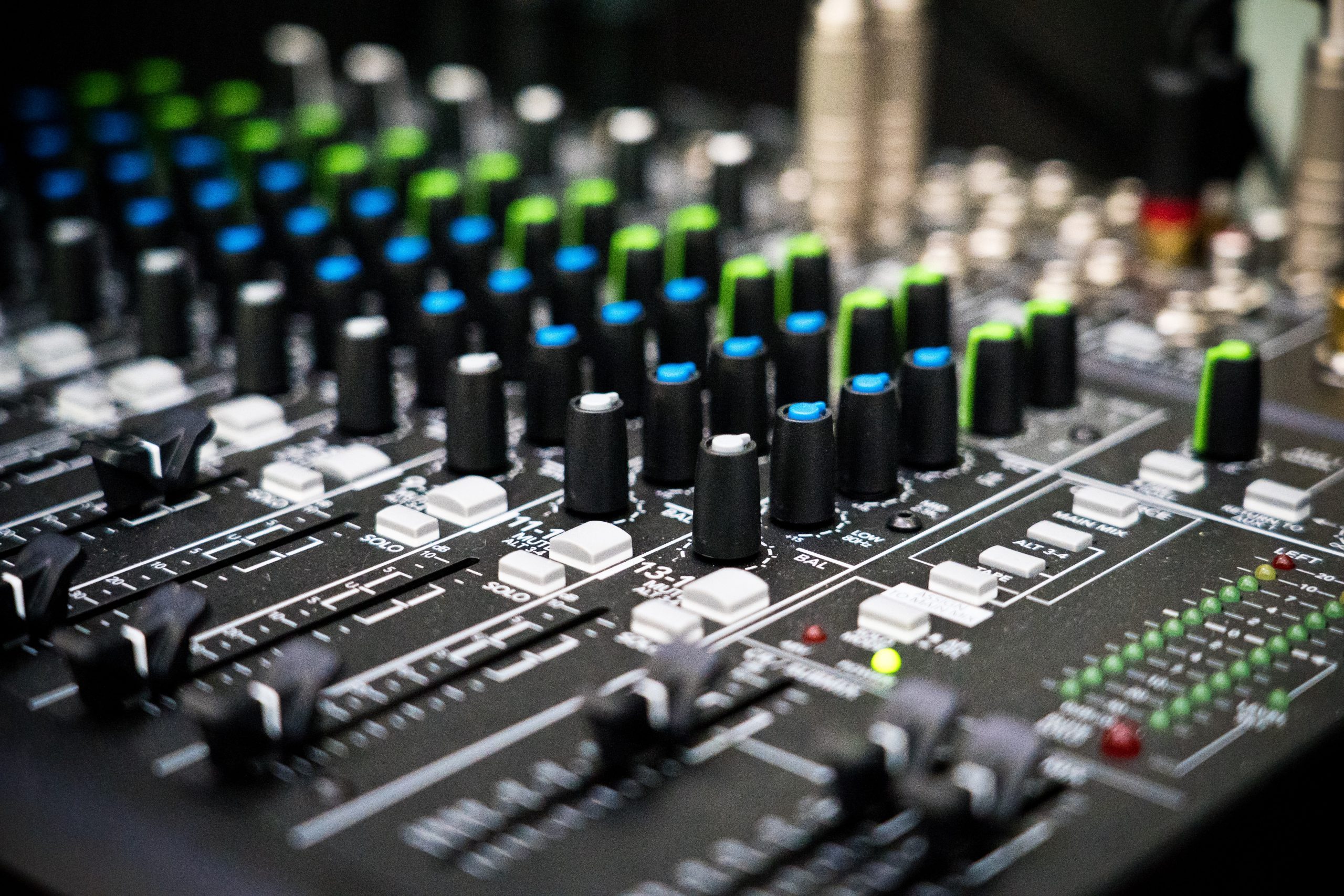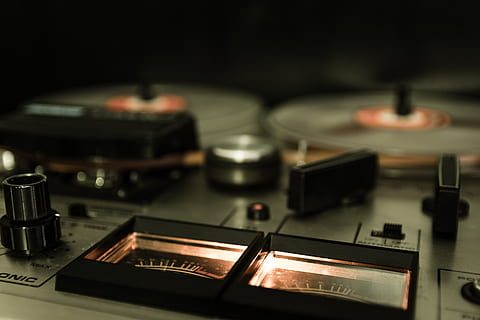In the studio, and especially in hip-hop circles, it’s not uncommon to see many producers working behind the scenes to support an artist to make the perfect sound yet. This behind-the-scenes talent is famous for the ghost producer — not quite invisible. However, acting as a phantom, pulling strings to let an entire music production come together.
Soundcloud Promotion
Keep reading for more steps to make your beat.
Step 3: Work with samples in the right way
Everyone’s making beats nowadays. It’s no surprise that beat-making is an incredibly fun and rewarding pastime that, with practice, may even turn out to be your livelihood.
Beginning with beat-making isn’t hard. Actually, a lot of the concepts we’re going to cover in this article are super easy to know and begin using in your music productions.
Even though the ideas are easy, there are many different things to know as you move via the process of finishing your first beat.
This article is a jumping-off point for your beat-making journey. We’ll stroll you through the fundamentals of everything you should find out about starting and finishing your first beat.
By the end, you understand what tools and software you need, what instrumentation to think about, sampling advice, arrangement tips, production tips, and much more.
Keep reading to know the way to hire session drummers for your music project.
The most effective drums are real drums. Some of the greatest real drums on some of the best albums ever were created by session drummers. That lay down iconic drum recordings one undertaking at a time.
You may know the myth and the lore of session drummers.
However, what are session drummers and how do they actually work?
And more importantly, how do they work, how can they match your projects. And how can you hire them to give you the crispy drum tracks of your dreams?
In this article, we will learn all about the ins and outs of session drummers. And the way they can provide your projects the drummer’s touch.
Mastering has all the time been a bit of an enigma within the music-making process—its definition has shifted over time and over time its significance has modified.
At present, having a great mastering engineer is still key to releasing a good-sounding record.
However, what precisely can a mastering engineer do for your tracks in 2021 and when should you hire one?
In this article, I’ll break down what you may expect from mastering engineers and highlight a handful of instances in your music. Continue reading →
Polyrhythms may be one of the most misunderstood rhythmic concepts in music theory.
If you’re just getting began with music you might have written polyrhythms off as being too difficult and hard to understand.
Sure—you’ll need some basic understanding of rhythm and meter.
However, with a number of basic ideas, polyrhythms aren’t actually that difficult to understand.
The truth is, polyrhythms are actually cool and they can add another dimension to the rhythms you write and play within your own music.
Once you’ve studied and discovered them you’ll hear them used everywhere in music, from the top 40 charts down to the most complicated avant-garde compositions.
So let’s check out how polyrhythms work and learn some simple ways to feel their unique rhythmic characteristics in your own playing.
Keep reading to know how to fix out-of-phase audio issues.
Recording music in a home studio isn’t all the time as easy as it seems. Even in case, you’re just using basic gear like a microphone and audio interface to record yourself, you’ll be able to still run into complex technical issues. One of the most complicated issues that beginner and intermediate producers feel struggle with is out-of-phase audio.
When you add a new track to your DAW session, you’ll need to determine between mono vs. stereo.
However, what does each term mean? And what are the main differences? When do you have to use a mono track and when is stereo the better choice?
In this article, we’ll explain all the things you should know about mono vs. stereo—from tracking to the final master.

